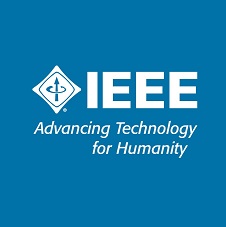CONCLUSION
The recent bliss of technological advancement in life sciences came with the huge challenge of mining the multimodal, multidimentional, and complex biological data. Triggered by that call, interdisciplinary approaches have resulted in the development of cutting edge machine learning-based analytical tools. The success stories of ANN, deep architectures, and reinforcement learning in making machines more intelligent are well known. Furthermore, computational costs have dropped, computing power has surged, and quasi-unlimited solid-state storage is available at a reasonable price. These factors have allowed to combine these learning techniques to reshape machines’ capabilities to understand and decipher complex patterns from biological data. To facilitate wider deployment of such techniques and to serve as a reference point for the community, this paper provides a comprehensive survey of the literature of techniques’ usability with different biological data. Further, a comparative study is presented on performances of various DL techniques, when applied to data from different biological application domains, as reported in the literature. Finally, some open issues and future perspectives are highlighted.








